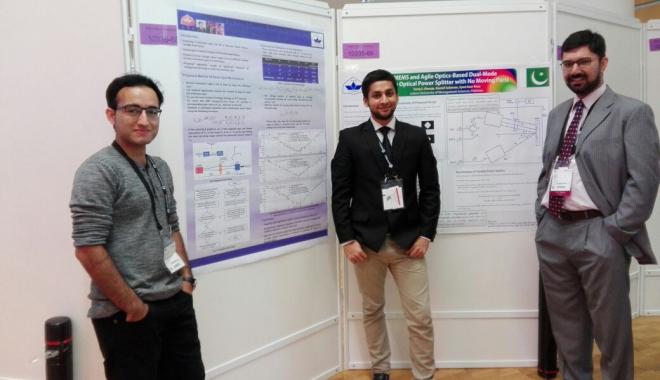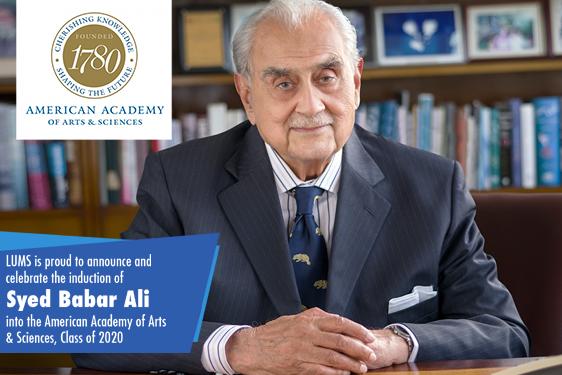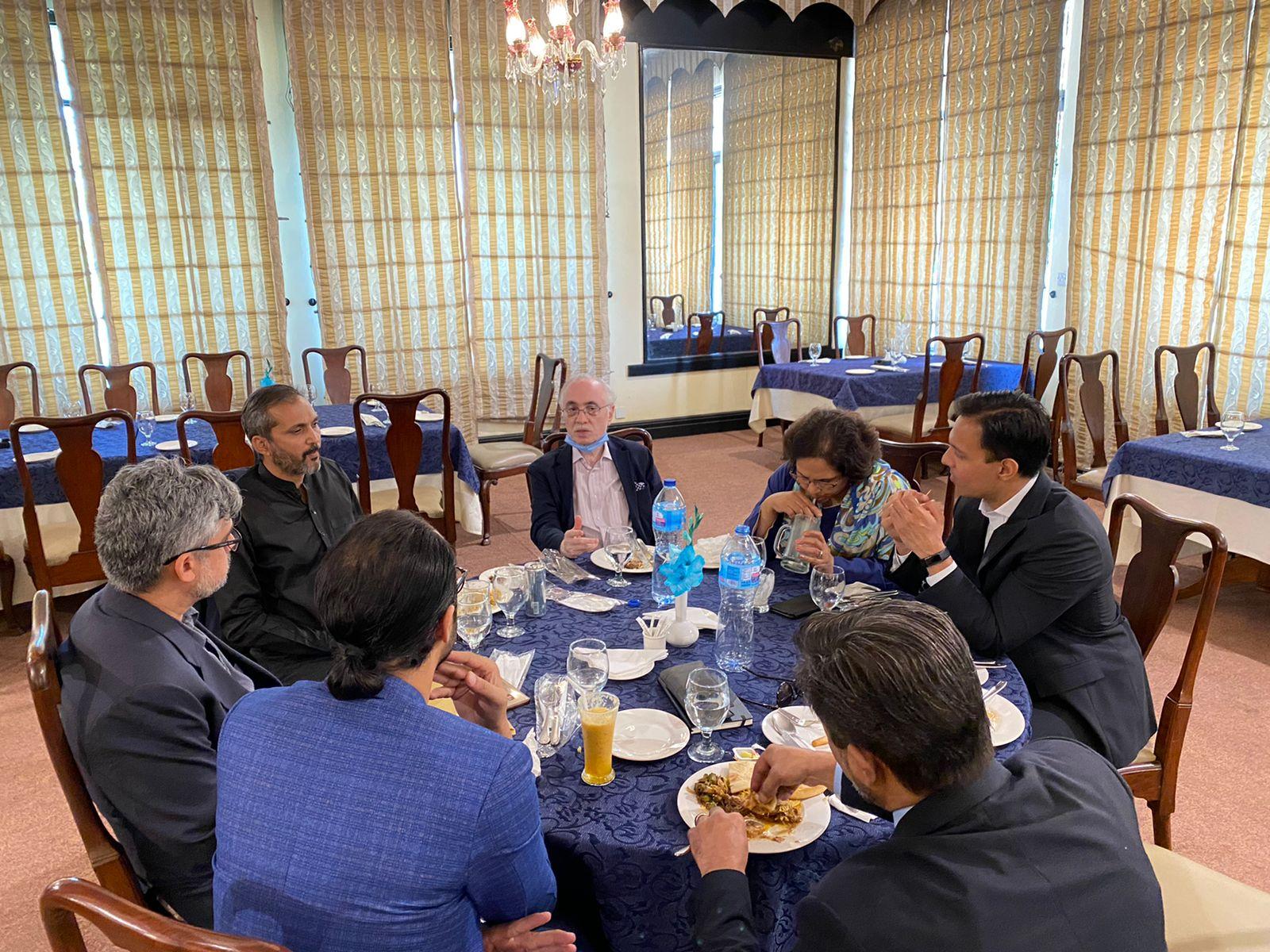
Muhammad Ahsan, Class of 2016, Muhammad Assad Arshad, Class of 2015 and Tariq Shamim Khwaja (Phd candidate) from the Applied Optics Group of the Department of Electrical Engineering (EE), Syed Babar Ali School of Science and Engineering (SBASSE) presented three technical research papers at SPIE Digital Optical Technologies Conference held in Munich, Germany from June 26 – 29, 2017, which was part of the World of Photonics Congress. All three papers were based on work supervised by Dr. Syed Azer Reza, Assistant Professor at the Department of Electrical Engineering, SBASSE.
Tariq Shamim Khwaja made a presentation titled “A high-resolution optical rangefinder using tunable focus optics and spatial photonic signal processing” in which the design of an optical rangefinder to determine the distance of a semi-reflective target from the sensor module was proposed. The sensor module deploys a simple Tunable Focus Lens, a Laser Source with a Gaussian Beam profile and a digital beam profiler/imager to achieve its desired operation. The proposed method, its working and the distance estimation methodology were discussed in detail. For a proof-of-concept, the claims were backed with initial experimental results. The paper was co-authored by Mohsin Ali Mazhar (Class of 2016), Haris Khan Niazi (Class of 2016), and Dr. Syed Azer Reza. The proceedings article of the presentation can be viewed here.
The second paper was titled “A MEMS and Agile Optics-Based Dual-Mode Variable Optical Power Splitter with No Moving Parts.” The work presented was part of a group project by Hamid Suleman (Class of 2017) and Tariq Shamim Khwaja. In the paper, a novel design of an optical power splitter was presented. Owing to the inherent variable power split ratios that the proposed design delivers, it is ideal for use in communications, sensing and signal processing applications where variable power splitting is often quintessential. The proposed power splitter module is dual mode as it combines the use of a Micro-Electro-Mechanical Systems (MEMS) based Digital Micro-mirror Device (DMD) and an Electronically Controlled Tunable Lens (ECTL) to split the power of an input optical signal between two output ports – the designated port and the surplus port. The use of a reflective Digital Spatial Light Modulator (DSLM) such as the DMD provides a motion-free digital control of the split ratio between the two output ports. A detailed scheme to calculate the desired DMD aperture radius as well as the focal length setting of the ECTL to obtain any given split ratio was presented. The validation of the proposed concept was demonstrated with initial experimental results and discussions. The proceedings article of the presentation can be viewed here.
The paper titled “A Method for Fast Laser Beam Spot Focus using Electrically Tunable Lenses” was presented by Muhammad Ahsan and Muhammad Assad Arshad. The paper proposed a fast beam characterization method using multi-focus tunable lenses. Tunable lenses are primarily deployed in motion-free multi-focus cameras hence most of the modern portable devices such as cell phones and tablets use these lenses to operate the in-built variable focus cameras that are part of these devices. Using a tunable focal lens (TFL) to achieve a minimum beam spot size at different planes is critical for several optical imaging and sensing applications. As focal length of TFLs is generally controlled through the amplitude of an input voltage or the current signal, the response time of a TFL-based sensor or imaging system depends on the time required to produce a minimum beam spot in the observation plane. Therefore, the system response time or sampling rate depends on the number of voltage/current samples to ascertain a correct focal length value which yields a minimum beam spot. Due to a partial or a total lack of knowledge of the ideal voltage/current value that would produce a minimum beam spot, starting at a corner or a random voltage/current value and incrementally increasing or reducing it would be highly inefficient as converging to a minimum spot might require several steps. The paper proposed an efficient method which results in an average 87% reduction in the number of voltage/current steps and experimentally validate the claim. The proceedings article of the presentation can be viewed here.
The World of Photonics Congress presented an enormous platform and gathered a lot of interest from both the industry as well as the academia. Experts from all over the world related to Optical Technologies, Metamaterials, Nano photonics, Bio photonics, Quantum technologies, Optical sensing, Photonic fibers, and Laser technologies among others gathered for this conference. Publications from the Applied Optics Research Group at LUMS were the only contributions from Pakistan at the prestigious World of Photonics Congress in Munich this year.








